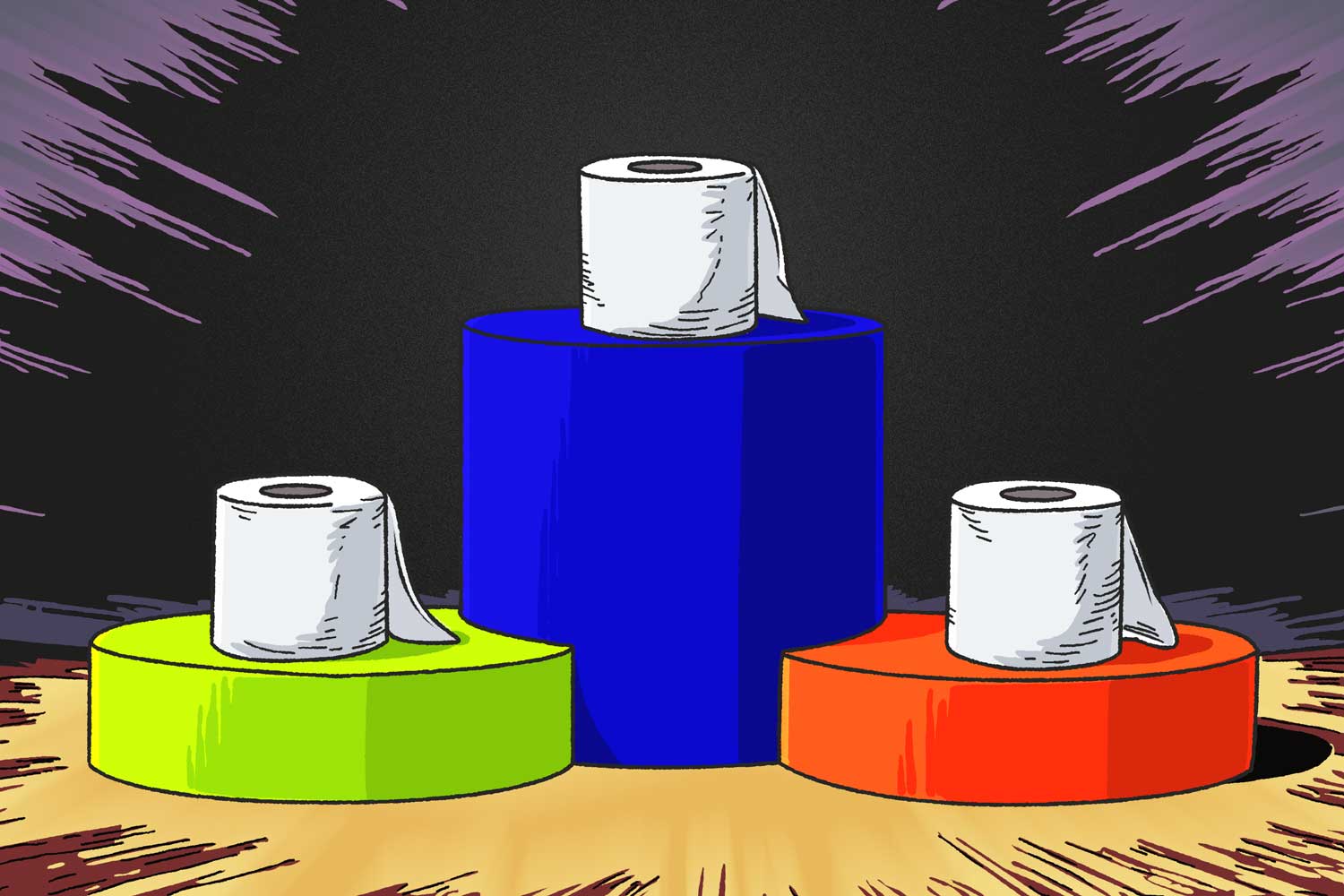The best eco-friendly toilet paper
No one should be wiping their butt with virgin trees. This recycled paper roll makes switching over easy.

Sign up and save the world
The one5c newsletter delivers our best tips right to your inbox
Toilet paper is a fact of life in American homes; the average person uses 141 rolls of the stuff a year. But the cuddly, forest-dwelling mascots adorning TP packages are masking a dangerous irony. The……

